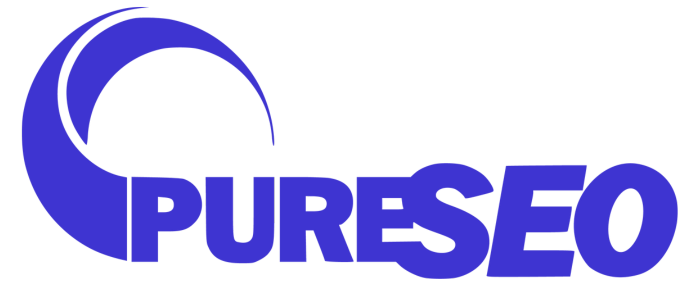
It may seem minor, but URL structure is vital to the SEO big picture. With this helpful guide, you’ll learn how to implement the best URL structure for SEO, one that’s descriptive yet functional and adheres to industry best practices. Learn more below with this helpful guide.
What Is a URL?
URL is short for Uniform Resource Locator. The starting blocks for your website, they are the anchors from which a browser pulls up any published resource, including your webpage. URLs are essentially the equivalent of a physical home address on the internet.
URLs contextualise a page’s content for search bots and users alike. They are the first point of call to attract users to your site, so ensuring your URL is optimised is a crucial piece of site success. A poor URL structure can mean fewer clicks, or worse, no clicks if it’s particularly complicated or lacks essential keywords.
If all this sounds complicated, it needn’t. Let’s go through the best way to structure your URL for SEO results!
How Does URL Optimisation Affect Your SEO?
A URL is more than just an address; when it comes to SEO, it’s a signpost for your site. Your URL can affect your SEO in several ways: contextualising the page, improving page experience, and encryption, to name a few.
Contextualises Sites for Search Engines
a URL’s main point of call for SEO is that it tells search engines and users what your site is about and what you can find on the page.
The first encounter a search engine will have when crawling and indexing your site is its URL. An optimised URL structure will allow crawlers (and users) to categorise your website and decide its relevancy regarding user goals, experience, and content.
Improves User Experience
User experience is a heavyweight ranking factor. Google and other search engines want to serve users with pages that are not only relevant but also easy to navigate. URLs that are clear, concise, and uncomplicated smooths out a user journey—and Google loves a smooth ride!
Uses Keywords to Attract Clicks
A URL is a great way to use ranking keywords to improve SEO performance. Search engines constantly index sites to provide the most relevant information and website to users. A well-optimised URL will help search bots contextualise your site and push it up the rankings for the topical keyword.
Encrypts Sites for Security
How your URL starts is essential to SEO as it indicates the website’s security standard. Security is a ‘light’ ranking factor, so having a secure site works in your favour. Using https:// at the front of your URL signals that your site is encrypted and secure, increasing your chances of search engines promoting your ranking ability.
SEO Best Practices for URL structure
There are several routes to optimising your URL. Ensure your URL uses a combination of all these practices to give your site the best chance to rank.
Ensure they are Keyword-Rich
A keyword-rich URL will contextualise your site and ensure you rank for the correct search queries. It’s best to do keyword research that tells you which words are trending or appearing the most, relating to the content on your site. Put those trending keywords into your URL to let search engines and users alike know that what your site will cover is relevant to them.
Choose Static URLs with Subfolders Over Dynamic URLs with Parameters
Avoid dynamic URLs and parameters wherever possible. Opt for static URLs with subfolders whenever suitable and canonicalize to static URLs where parameters cannot be avoided.
Static URLs enjoy a higher click-through rate in SERPs, emails, and web pages. They are easier to copy and share. Their keyword prominence and relevancy are higher and deliver a clearer expectation of the content that the page will contain.
Keep URLs Short and Sharp
Try to keep your URLs short. A best practice is to use keywords and little else alongside them. This practice helps avoid ambiguity on what the page is about and makes it easier to rank specifically for the target keyword.
Being concise and keyword-rich is excellent, but you still need to ensure it is easily readable. Having a URL that’s easy to understand increases user experience and, therefore, your ability to rank.
Only Use Normal Characters & Hyphens – No Dates or Slashes Necessary!
Optimised URLs use only ordinary characters with hyphens between the words, making them easy to read and simple to change.
Dates often make the URL unnecessarily long and mean you must add a 301 redirect should you ever need to update the page.
Hyphens, on the other hand, are easier for humans and search engines to compute and comprehend. They can understand underscores and other punctuation, but it is slightly more complicated.

















